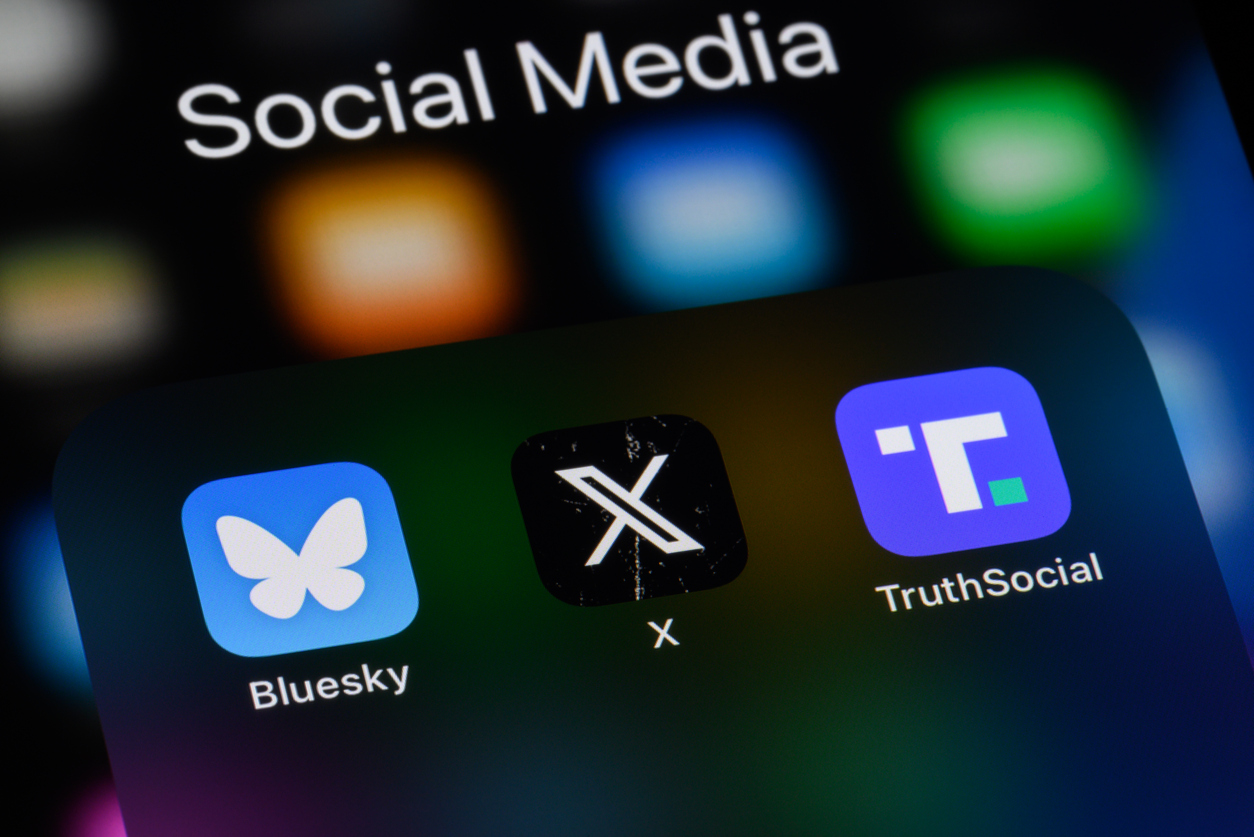New social media features and updates to know this week
Including updates from Meta, X, YouTube and more.

Some of the biggest names in social media have rolled out significant updates this week to improve functionality for both creators and users.
Meta is expanding its AI-driven tools to help retailers boost ecommerce performance, while LinkedIn has a new partnership aimed at enhancing networking and X is making it easier than ever to edit photos using Grok.
TikTok is the latest social network to incorporate GPS-based Amber Alert notifications into its platform.
There’s plenty to explore this week, so let’s dive in.
Meta
Meta is expanding its suite of AI-powered advertising tools for Facebook and Instagram. Updates include:
- Omnichannel ads expansion: More advertisers can now use ads that highlight nearby store locations, show in-stock products and offer discounts.
- Advantage+ and shops ads enhancements: Optimizations for sales campaigns now include a simplified checkout experience that directs customers to advertisers’ websites. Testing begins in Australia and Taiwan.
- New catalog ad features: Partnership ads can now be used with Advantage+ catalog ads and AI will refine which products to show.
- Generative AI for retail: Meta is exploring AI-driven virtual try-on tools, background generation for catalog ads, and improved text generation for more personalized ad copy.
The social media company also outlined new ad placements and features:
- A test for ads in Facebook notifications to re-engage users.
- Promo code ads with email capture to build customer relationships.
- Site links in Instagram ads.
Meta announced these updates at ShopTalk 2025, where AI’s role in retail advertising was a key focus. It also announced a series of other AI-powered chatbot features across its apps, including AI Studio for both Messenger and WhatsApp, according to Social Media Today. AI Studio lets users chat with AI characters and create their own custom AI personalities.
On Instagram, Meta has put new AI tools in the “create” section to allow users to build AI characters, with more customization options rolling out. And SMT also noted that Meta is moving forward with AI profiles, which will create millions of AI-powered profiles that will post, comment and engage like real users on both Facebook and Instagram. Meta iinitially deleted these profiles back in January after public backlash so we’ll see how people respond this time around.
Threads
Threads is getting several updates, including new ways to personalize profiles, manage interactions and improve video playback.
Users can now add up to 10 topics to their profile to highlight their interests and connect with like-minded people. Tapping a topic takes them directly to related conversations. Users can also limit replies and quote posts to followers only and set a custom feed as their default view.
The micro-blogging site also introduced an updated video player with play, pause and skip buttons. There’s a pinned progress bar for easier navigation.
LinkedIn is integrating Calendly functionality directly into Premium users’ profiles.
The update is part of LinkedIn’s recently launched custom buttons options which offers users the ability to add a personalized link across their profile, posts, messages and search.
Reddit is replacing its private message system with Reddit Chat and inbox notifications.
This transition consolidates messaging and introduces new features, including pinned chats, an unread filter, a spam folder, more sender context when accepting invites, an allow list and what the app described as an overall faster experience.
The transition will begin at the end of March and roll out in phases over the next three months. Mods will continue to use Mod Mail, but it will now exist within Reddit Chat. Old PMs will remain accessible as a read-only archive.
Developers can continue using PM API endpoints to send and read chat messages without any code changes. However, during the transition, five less-used API endpoints will be removed.
Bluesky
A new Bluesky update improves the ability to track referral traffic. Links shared on the platform now pass through the “go.bsky.app” subdomain, making it easier for analytics systems to identify Bluesky as the source.
The change addresses challenges newsrooms faced in measuring how engagement on Bluesky translated into actual website visits. Previously, they could see likes and reposts within the app but had no way to track whether those interactions led to page views.
It’s worth noting that update is occurring as other social media sites are penalizingusers for posting links. This is a deliberate attempt by Bluesky to say your links are welcome here.
“We believe it should be easy for you to connect your social following here with your web presence elsewhere,” Bluesky wrote in a post.
TikTok
TikTok is expanding its pilot with the National Center for Missing & Exploited Children to bring real-time Amber Alerts to users’ For You feeds across the United States.
Now, when law enforcement issues an alert, users in that region will see the child’s photo, description and last known location, according to TechCrunch. TikTok figures out users’ locations via IP addresses.
The tool is similar to what’s been available on Facebook and Instagram for years.
This nationwide rollout follows a pilot program in Texas.
X
X is testing a Grok update that allows users to alter images by typing descriptions of desired changes.
In a demo video, user DogeDesigner uploaded a photo of X boss Elon Musk and tapped the “edit image” tab in the bottom right of the “Ask anything” bar. The user then typed “add a black hat,” and the system generated two versions of Musk wearing a black hat.
YouTube
YouTube introduces a couple of new features, including a test for a streamlined way to edit Shorts, allowing creators to position captions and stickers without disrupting the user interface.
The goal is to help avoid placing components in locations where they might be obstructed by elements like comments, the like button and video descriptions, according to YouTube.
YouTube is in the middle of testing a feature that allows viewers to hide end screens on mobile and desktop. (End screens are the last 5 to 20 seconds of a video where creators can promote other videos or encourage viewers to subscribe.)
If you’re part of the test, you’ll see a “Hide” button in the top-right corner of the video when end screens appear. Tapping it will hide the end screens for that video, and you can tap “Show” to bring them back.
On a different front, the video platform is sending some creators a message in Studio inviting them to help build tools for detecting and managing AI-generated content that features their faces. To take part, creators will be asked to submit a short video selfie and give consent for YouTube’s systems to process it for testing.
YouTube said it will only use these selfies to develop protection tools and will not use them for any other features on the platform.
Casey Weldon is a reporter for PR Daily. Follow him on LinkedIn.







